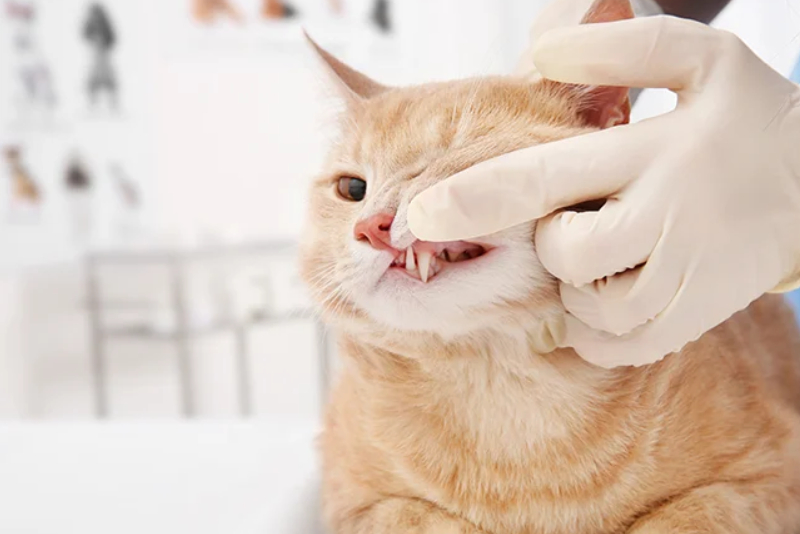
Feline Tooth Resorption is one procedure by which a solid tissue that is present under the animal of a tooth or teeth known as the dentin erodes and finally becomes hopelessly destroyed. Over time, each spot of one influenced tooth can become involved.
What are the reasons for tooth resorption?
There are a bunch of potential reasons behind tooth resorption. But tooth resorption in felines is pointing at one painful and specific situation. Tooth resorption in the past was referred to as cervical line erosions, internal or external root resorptions, cervical neck lesions, caries, cavities, feline odontoclastic resorptive, and cat oral resorptive lesions.
The vast majority of the time the most influenced teeth are the premolars present in the lower jaws, especially the 3rd premolars. In a study, 53 percent of the felines in that study had one noticeable tooth resorption lesion with approximately 50 percent of the instances where no noticeable lesion was seen clinically, X-rays or radiographs revealing one.
Are there numerous kinds of tooth resorption?
Tooth resorption in felines is separated into particular kinds depending on the X-ray or the radiographic appearance of their root. Radiographs of one normal tooth point out their root as possessing one characteristic density along with that there is one slime dark outline neighboring the root dividing it from their bone. That dark outline points out their periodontal ligament, one regular anatomic feature that attaches their root to their bone.
In the presence of the first kind of tooth resorption, there is demolition of their crown, even though radiographically, their root retains one normal appearance in the presence of one simply discernible periodontal ligament.
In the presence of the second kind of tooth resorption, radiographically their root seems to be disintegrating as well as not simply discernible from their bone. That is pointed out as a replacement resorption.
Even though the reasons for tooth resorption are still not discovered in the presence of the first kind of tooth resorption has been associated with periodontal disease. Whatever its underlying cause is, the end outcome is loss of the external hard tissue of their teeth such as dentin, enamel, and cementum. Both kinds of lesions might influence the crown of their root as well as the tooth. Lesions that influence their tooth crown are quite painful. So they are going to need treatment.
How do you know when your feline possesses tooth resorption?
Once their sensitive dentin is uncovered tooth resorption is distasteful and is going to convert into muscle trembling of their jaw or muscular spasms whenever the lesion is touched.
When a cat possesses tooth resorption, it can show up as difficulty eating oral bleeding, or increased salivation. In the last majority of the instances in the absence of clinical screening along with radiography in one anesthetized feline, tooth resorption is going to go undetected and a feline is going to be in pain in silence.
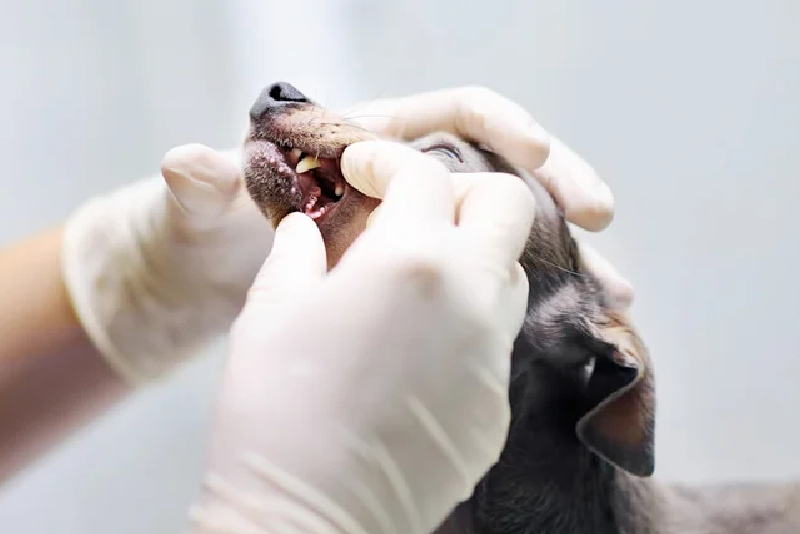
To sum it up
Treatment is led by a radiographic test of tooth resorption. In the presence of the first kind of tooth resorption, the root and the crown both need to be removed. In the presence of the second type of tooth resorption, one procedure known as crown amputation in the presence of intentional root retention is good enough. Your vet at Veterinary Dental Care is going to collect intraoral radiographs to examine the kind of tooth resorption. Contact us for any further information!



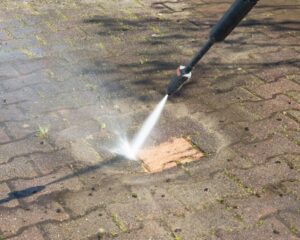


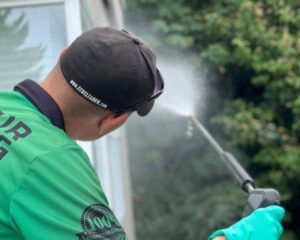

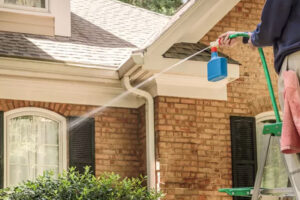









No Comments yet!